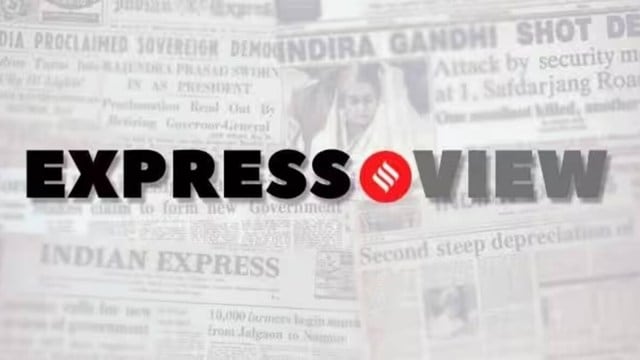
Being young is not easy. Academic and peer pressure apart, the rabbit hole of algorithm-determined content can lead one down to one’s deepest insecurities. In 2019, the World Health Organisation warned of a global mental-health crisis, affecting nearly one billion individuals, including 14 per cent of adolescents. Studies have established a correlation between social-media usage and the possibility of mental-health afflictions. In the US, for instance, adolescents who use social media for more than three hours a day have double the risk of anxiety and depression. The sharp upward curve, especially among the young, that has prompted US Surgeon General Vivek Murthy to call for warning labels on social media, therefore, is timely. But it could only serve as the first step towards addressing what is, in essence, a global crisis. More needs to be done to protect the young from online abuse, harassment and exposure to inappropriate content.
A warning has its utility, though. In 1975, nearly a decade after the Federal Cigarette Labelling and Advertising Act came into force in the US, the Indira Gandhi government passed a legislation called The Cigarettes (Regulations of Production, Supply and Distribution) Act, 1975, which made statutory health warnings on all tobacco products mandatory. What it managed to create was better awareness among users, and, over time, better hygiene. Without any curbs, the social-media crisis is poised to escalate. As the world’s second-largest smartphone market with a high internet penetration, it is especially true for the Indian landscape, where there is a sizeable demographic under the age of 18.
For the young, however, a warning can sometimes act as an invitation. It also runs the risk of putting the onus of protecting the children entirely on parents. In an opinion piece in The New York Times, Murthy writes, “These harms are not a failure of willpower and parenting; they are the consequence of unleashing powerful technology without adequate safety measures, transparency or accountability.” For parents, the difficulty of social media is two-pronged, beginning with the digital gap of a large section with the sophistication of these platforms and extending to the impracticality of keeping a constant tab on their children’s online activities. It makes legislation that is binding on Big Tech, similar to the Digital Service Act introduced by the European Union in February this year, an urgent requirement. It is only a combination of warning, legislation that bars targeted advertising or collecting sensitive data, and parental guidance that can protect the young and the vulnerable from the pernicious fallouts of social media.
© The Indian Express Pvt Ltd
First uploaded on: 21-06-2024 at 08:00 IST

